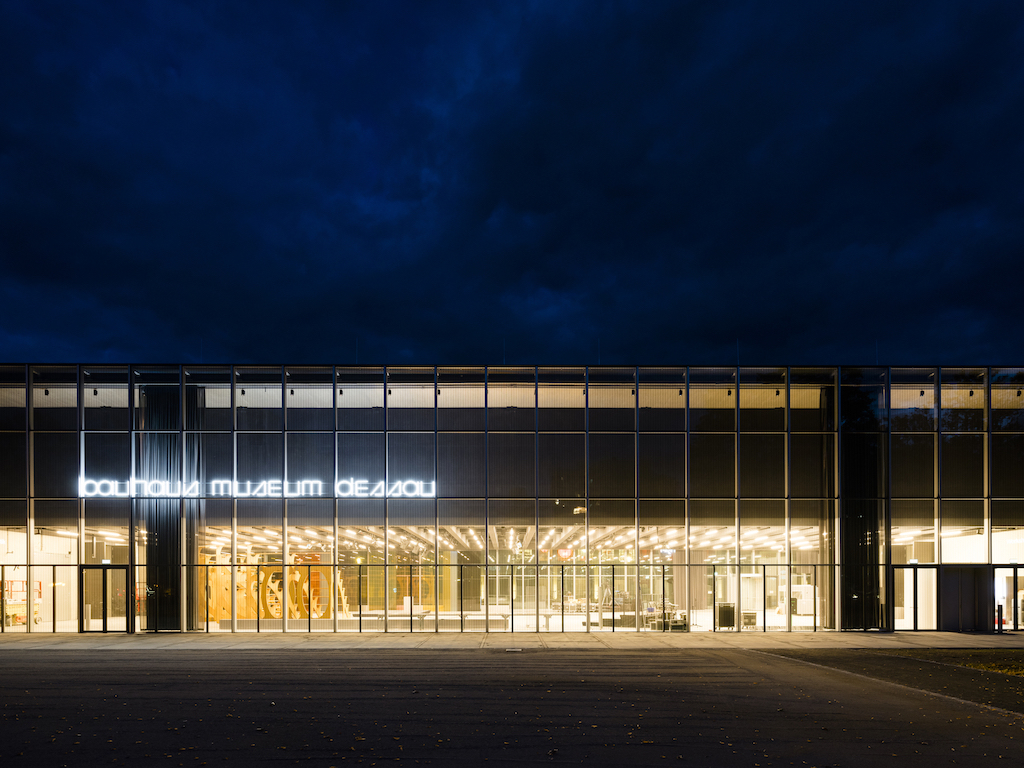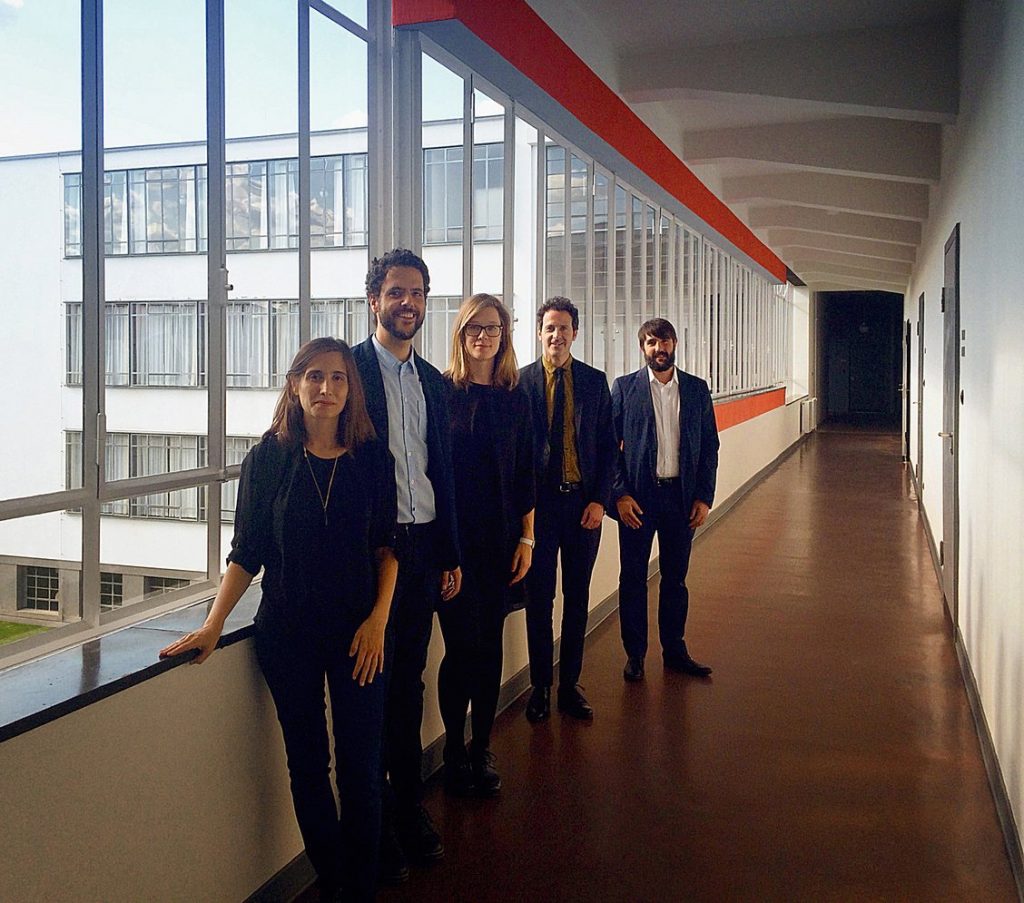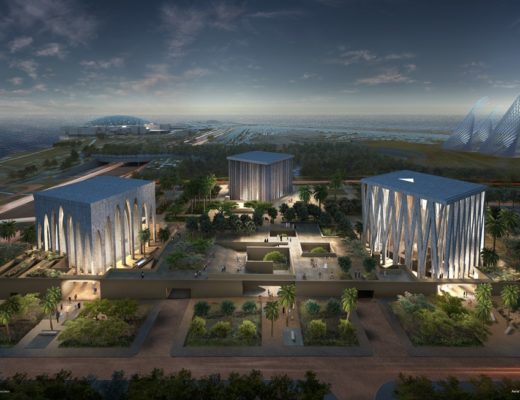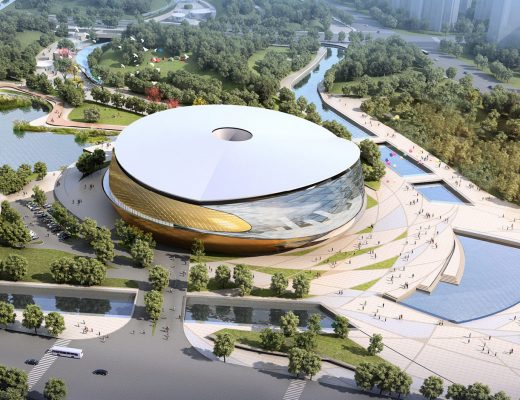This year the Bauhaus movement, one of the most widely-acknowledged design schools of all time, celebrates its 100th anniversary. Back in 2015, Barcelona-based Gonzalez Hinz Zabala, which works within a collective beat 831 entries to win the international competition to design the Bauhaus Museum Dessau. Having opened in September to mark its centenary, the museum is now open to visitors.
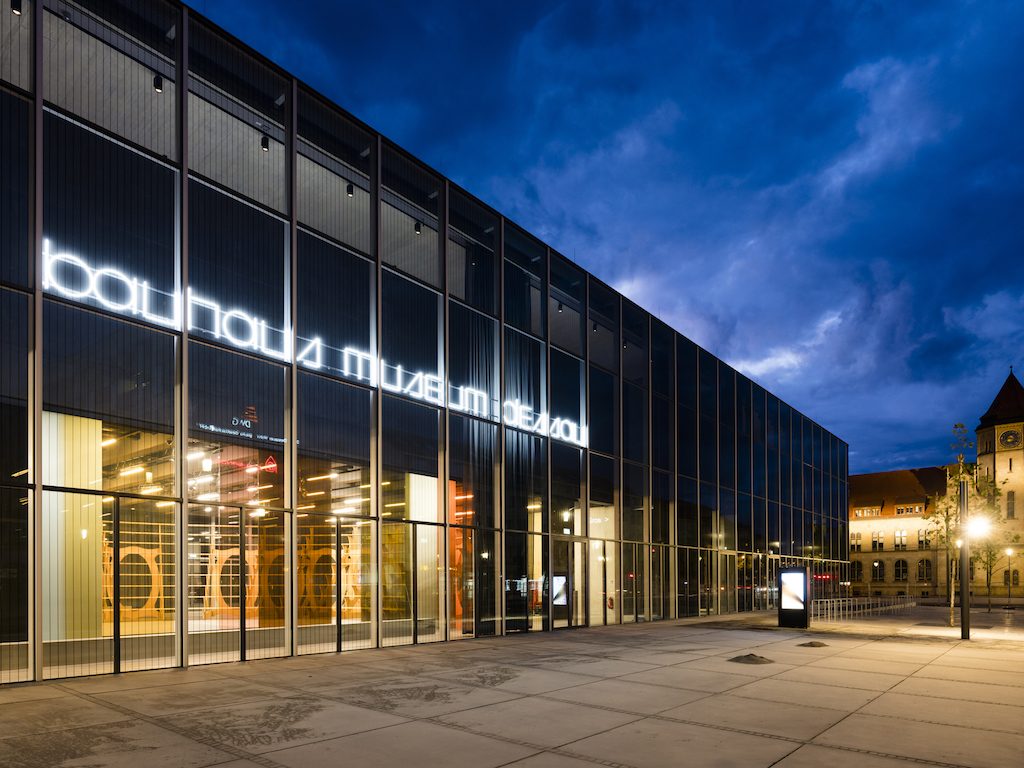
The most significant aspect of the austere design is a reinterpretation of the Bauhaus ideology propagated by Mies van der Rohe – “less is more”. The new museum is building within a building – comprising a soaring steelwork block in a glass envelope. On the upper floor, a hermetic ‘Black Box’ enables the presentation of the collection.
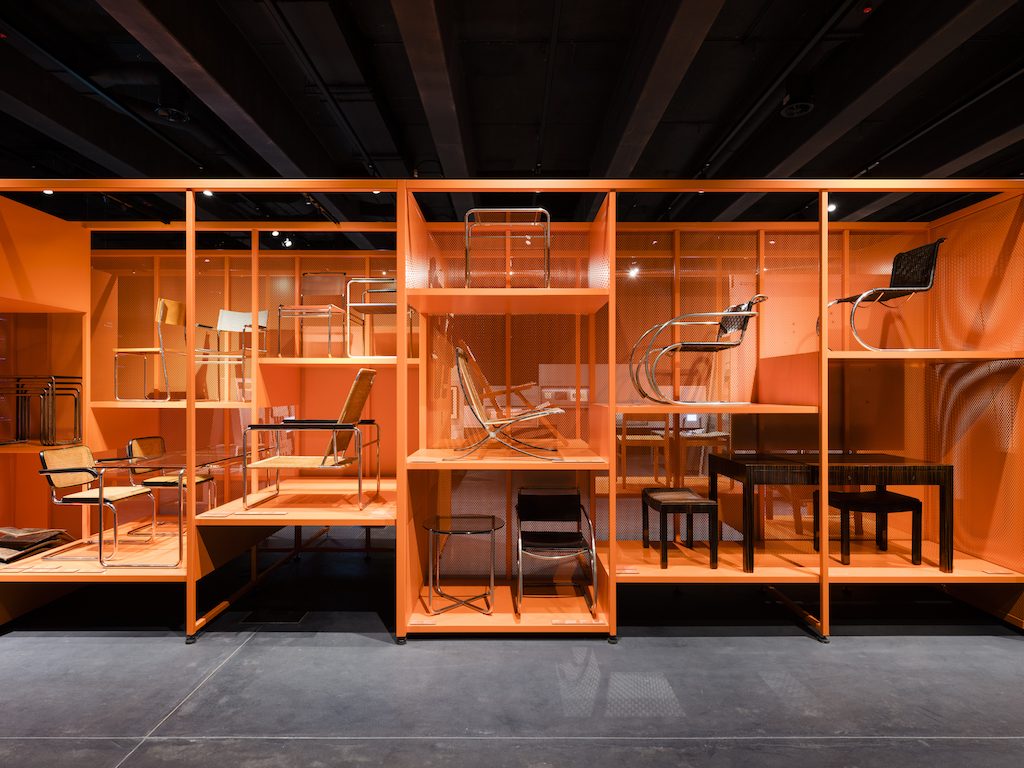
Referring to some specific features of the Bauhaus school in Dessau – the glazed curtain wall, the two-storey bridge and the overall impression of transparency, lightness and plane surfaces – the new museum will embody a manifesto of contemporary culture that will be understated and follow the Bauhaus doctrine.
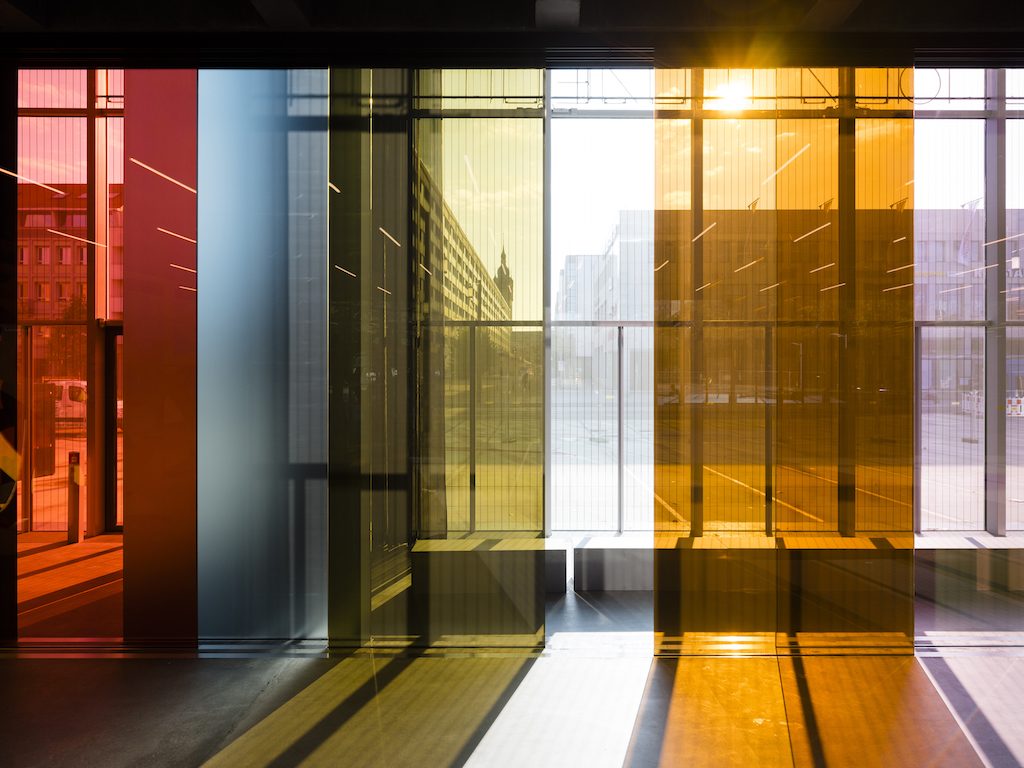
The new museum structure, spanning 3,500m², is a clean and simple volume located between the city as well as park surroundings. Its position, a little set back from the former historic building line, suggests a continuation with the city urban legacy.
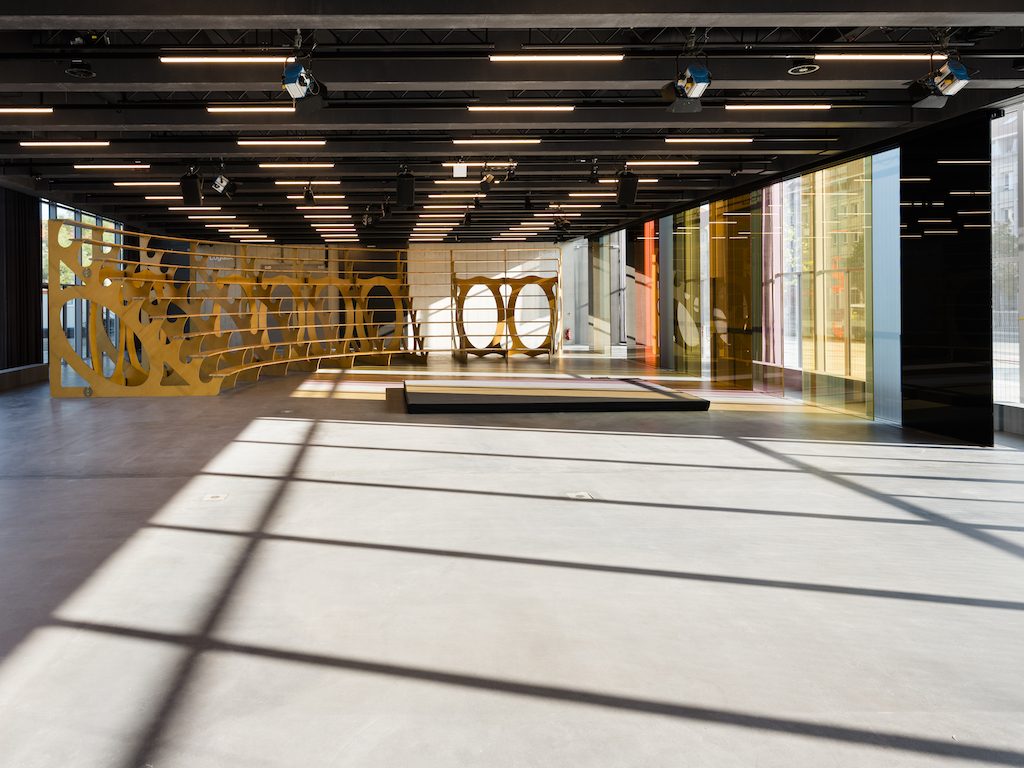
The eastern facade, facing Kavalierstrasse, recalls the old building line and its urban character. The western facade, towards the park, is influenced by nature and acts as a space for outdoor gathering and activities. The northern facade, in Friedrichstrasse and in front of the post office building, serves logistics and administration purposes. The southern facade, facing the Stadtgespräch fountain, encourages social interaction through museum activities like workshops and other cultural events. Inside the glass box, the collection is concealed in a black concrete hollow beam structure supported by two boxes that contain the staircases.
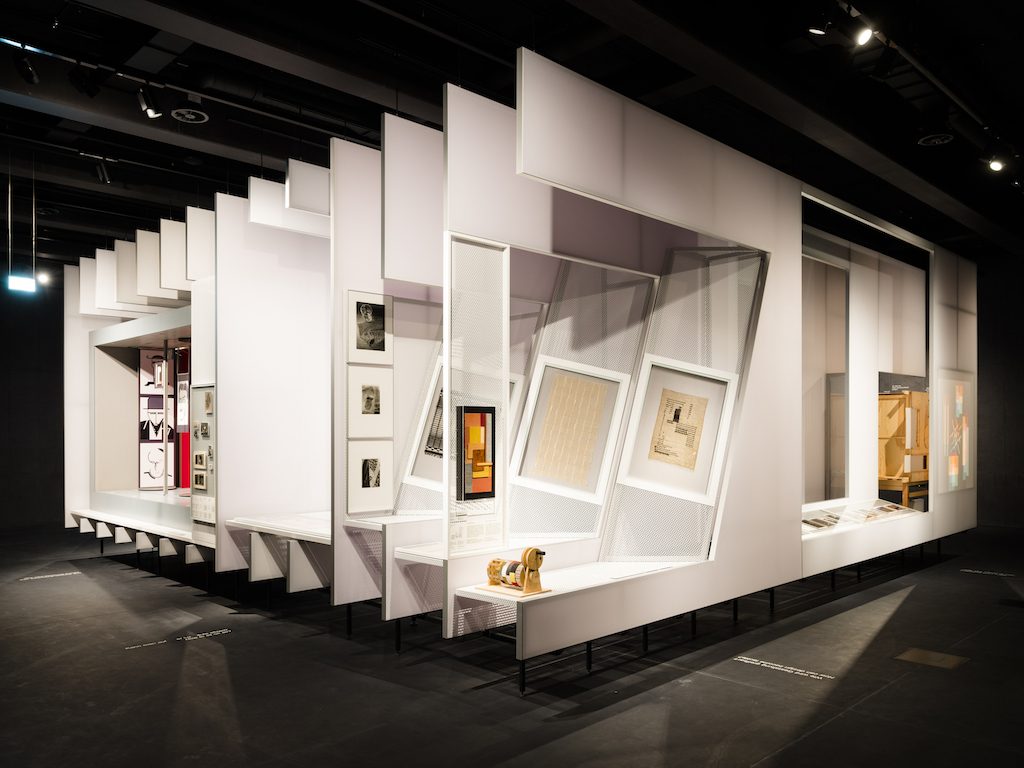
The space between this suspended beam and the glass box is a highly flexible, easy to configure and reconfigure space, thanks to a system based on a virtual grid, which is the result of a regular geometrical subdivision of the structure. This feature ensures the highest feasibility in terms of time, cost and building quality. The visitor’s entrance, located where Ratsgasse and Stadtpark meet, is part of the main central interior space, or “offene Bühne” (open stage), a vast space for gathering and exhibitions between the park and the city. The permanent collection is placed in a monolithic, hermetic and column-free hall in the upper level, accessed via stairways and lifts located in the two supports.
Photos courtesy: Thomas Meyer

